“Bend your back more!”
“Follow through!”
“Reach out more!”
“Use your legs!”
“Get on top of the ball!”
Let’s all be honest here… we have heard these words of “encouragement” conveyed to baseball pitchers many times. I would venture to say quite a few of US (I am including myself) have even spoken these words. I am all for encouraging our athletes but can I let you in on a little secret? Many of those pitchers that we are “encouraging” simply cannot do these things that we are telling them to do.
I have come to realize there are two primary reasons our baseball players cannot do these things:
- They are not physically able to place their bodies in these positions. I call this not being fit to pitch.
- They don’t cognitively understand what we mean by these words.
Not Fit to Pitch
I have pitchers come to me for a pitching lesson for me to look at their mechanics to see why their arm is hurting. It only takes a handful of throws to realize they are trying to perform a high level athletic movement without the required physical strength or mobility.
I had one recent pitcher and his father do the exact thing above. They have taken pitching lessons from another instructor for a while but this pitcher’s arm began to hurt. After four or five throws it was evident that the pitcher did not possess the mobility in the back of his shoulder, spine, and opposite hip to complete a full follow through. Guess when his arm hurt – after ball release going into the deceleration or follow through phase.
This pitcher did not need more pitching lessons. He needed some athletic rehabilitation and arm care instruction.
Not Understanding the Words
If you have followed me for any length of time you are well aware that I claim to be a “student of pitching”. What I mean by that is I am on a journey of learning. I want to know more tomorrow than I do today. So at this point of my 25+ years of being a “student of pitching” I have come to the conclusion that pitchers need to feel more and think less. Those of us who are instructors have to be able to convey feel versus reciting pitching mantras that we have heard over the years. At the risk of becoming unpopular I must make this comment – I am not completely convinced that we has a baseball pitching instructor industry fully understand what some of these mantras actually mean.
Let me encourage you, whether you are a pitcher or a parent, to make sure you understand and can FEEL what we are asking you to do.
If I can ever be of service to you for your Baseball Health and Performance needs, please let me know.



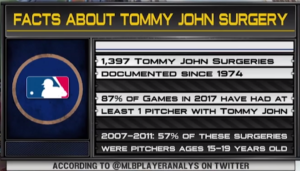
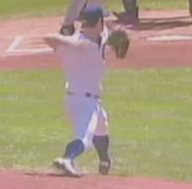
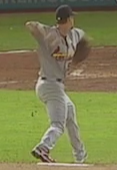
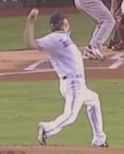

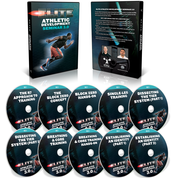

 Today’s guest post comes from Evan Osar. Evan has spent over 1,000 hours refining an approach to corrective exercise and has compiled it in a program he calls the
Today’s guest post comes from Evan Osar. Evan has spent over 1,000 hours refining an approach to corrective exercise and has compiled it in a program he calls the 


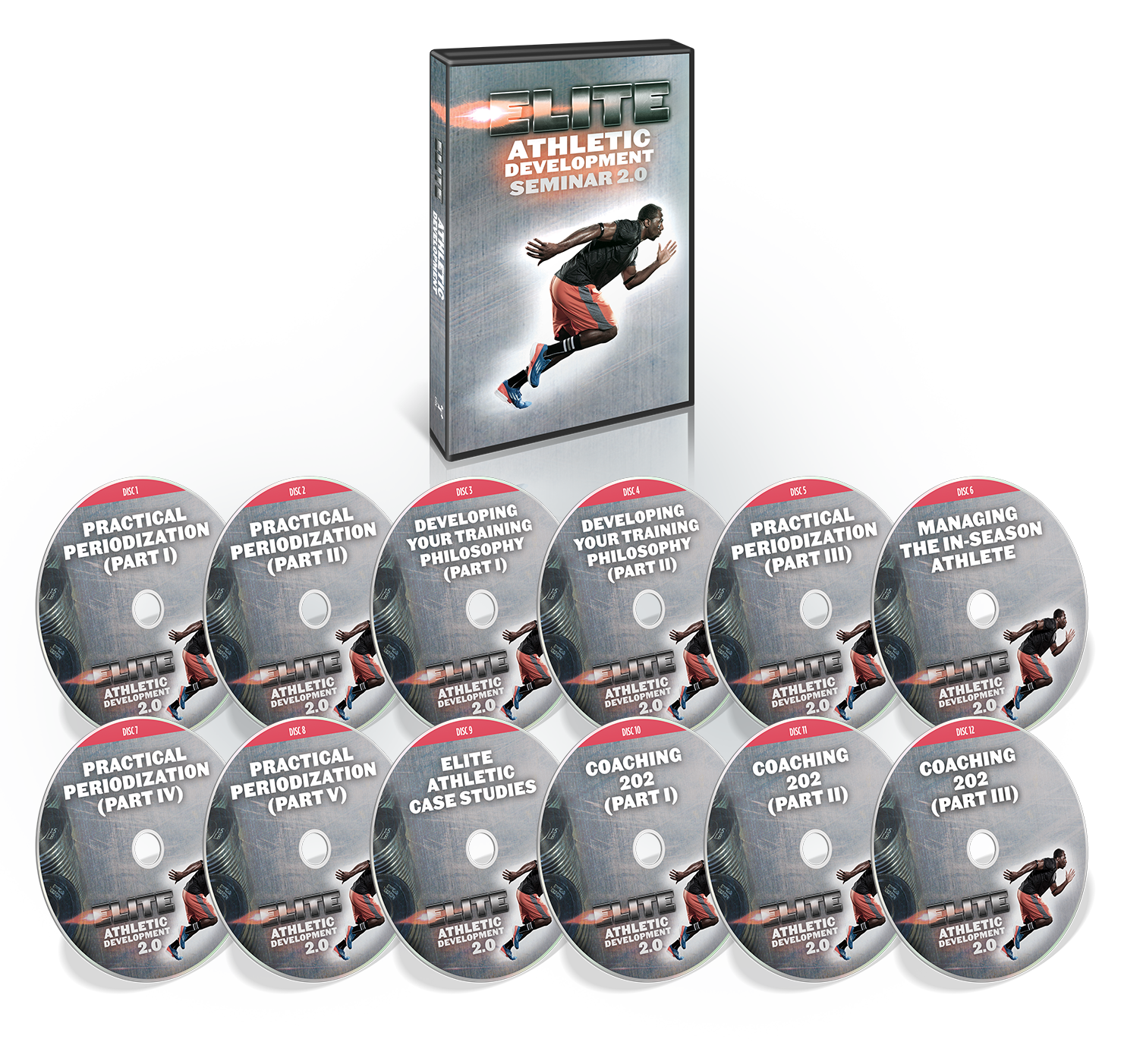

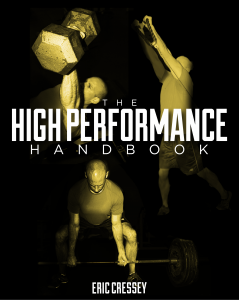
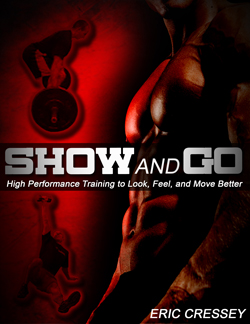
Follow Joe